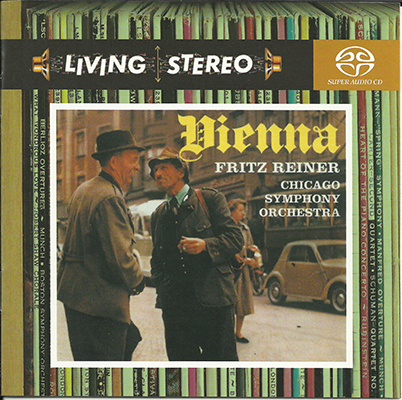
Chicago Symphony Orchestra / Fritz Reiner – Vienna
Works by Carl Maria von Weber; Johann Jr., Josef & Richard Strauss
SACD ISO (2.0/MCH): 3,20 GB | 24B/88,2kHz Stereo FLAC: 1,40 GB | Full Artwork
Label/Cat#: RCA Red Seal “Living Stereo” # 82876-71615-2 | Country/Year: Europe 2005, 1957/1960
Genre: Classical | Style: Romantic, Various, Orchestral, Waltz
This RCA Living Stereo release showcases the conducting talents of Fritz Reiner. It is a compilation of universal favourites linked to Vienna and ranging from Johann Strauss junior to Josef Strauss, from Richard Strauss to Weber. I doubt that the music of Old Vienna has ever sounded more entrancing than on this SACD from ‘stereo’s golden age’ performed as it is with unique style and panache.
Reiner is a contradictory figure, revered for his musicianship and level of technical achievement yet widely disliked for his personal temperament and behaviour. His live performances and substantial recorded legacy, however, bear witness to a great artist who, among other achievements, over his ten year tenure from 1953 shaped the Chicago Symphony into one of the world’s great orchestras.
He was born in 1888 in Budapest, Hungary. He studied piano with his mother and entered the famed Franz Liszt Academy in Budapest when he was 15. Reiner was invited to conduct the Budapest People’s Opera, where he stayed until 1914. That year, he was invited to head the Dresden Court Opera – later known as the Dresden State Opera – where he became devoted to the elder conductor Artur Nikisch. Reiner came to know Richard Strauss and eventually conducted the German premiere of his opera Die Frau ohne Schatten cultivating a reputation as one of the foremost Strauss interpreters. Reiner later recorded Also sprach Zarathustra, Ein Heldenleben, Don Quixote and Don Juan, among other Strauss works, for RCA Victor.
In the years following the Great War, Reiner became eager to leave Europe, correctly forecasting Europe’s economic problems and growing anti-Semitism. He was asked to take on the position of Music Director at the Cincinnati Symphony in 1921, and with that appointment left for the United States, becoming a citizen there in 1928. During his nine years in Cincinnati, he presented the American premieres of works by Ravel, Debussy and Respighi. Reiner introduced the music of his fellow countryman Béla Bartók to Cincinnati, leading the United States premiere of Bartók’s Piano Concerto No. 1, with the composer as soloist. One of Reiner’s most famous recordings is of Bartók’s Concerto for Orchestra and the Music for Strings, Percussion and Celesta with the Chicago Symphony Orchestra, a performance which won that ensemble’s first Grammy Award.
In 1931, Reiner resigned from his Cincinnati job to become a professor of conducting at Philadelphia’s highly prestigious Curtis Institute of Music, where his students included Lukas Foss and Leonard Bernstein. Seven years later heeiner became the Music Director of the Pittsburgh Symphony, where he served for 10 years until 1948. During this time, the orchestra’s reputation was solidified into a competitive American ensemble and Reiner’s stature as an orchestra-builder grew. While engaged in Pittsburgh, Reiner gave guest appearances at Covent Garden and with the San Francisco Symphony, among others. After stepping down from Pittsburgh, Reiner joined the conductor roster at the New York Metropolitan Opera, staying until 1953. At the Metropolitan he was widely acclaimed for his performances of Richard Strauss. Scenes from Salome and Elektra with soprano Inge Borkh were recorded for RCA Victor.
1953 was a historic year in Reiner’s life. He assumed the title of Music Director of the Chicago Symphony in what was to become a legendary if troubled partnership. The Chicago players despised their tyrannical, short-tempered conductor, but it was under his baton that the orchestra rose from the ranks of a good regional band to become one of the world’s finest. Under his leadership, the CSO prospered and premiered many important works, including Copland’s Clarinet Concerto and Alan Hovhaness’s Mysterious Mountain.
The breadth of Reiner’s repertoire and his championing of new music remain two of his distinguishing characteristics, in addition to his legendary precision. His recordings with the CSO were essential models in establishing the sonic superiority of the stereo recording process; many of those albums remain benchmark recordings for their musical and technical excellence. Reiner resigned from the CSO after the 1962 season, and died in New York in 1963.
The Austrian capital and the waltz have long been synonymous. The first waltzes were played at Vienna’s Imperial court balls around 1660 and ever since then the city has been best known to most people as the world’s waltz capital, though it is justly proud of many other achievements. For three centuries the waltz was a dominant factor in the city’s musical, social and emotional life. It could be said that Johann Strauss’s Blue Danube waltz is Austria’s unofficial national anthem.
In the nineteenth century, Viennese dance music was dominated by the family of Johann Strauss senior (1804-1849) and his three sons Johann junior, Josef and Eduard. Johann senior, who is not represented on this release, composed around three hundrd works and is chiefly remembered for the lovely waltz Loreley-Rhein-Klänge (1843) and for the ubiquitous Radetzky-Marsch (1848).
Johann Strauss junior (1825-1899), who became known as ‘The Waltz King’, composed over 170 waltzes, the most popular being: Blue Danube (1867), Tales from the Vienna Woods (1868), Perpetual Motion (1869), Roses from the South (1880) and the Emperor Waltz (1888). He also wrote many polkas including the Thunder and Lightning Polka and the Trisch-Tratsch Polka. Johann was also eminent in the world of music theatre with enduring operettas: Die Fledermaus (The Bat) (1874), The Queen’s Lace Handkerchief (1880) and The Gypsy Baron (1885), all receiving their premieres in Vienna, remaining celebrated examples of the rich Viennese operetta tradition.
Johann Strauss junior has seven works recorded by Reiner on this release: Morning Papers, Emperor Waltz, On the Beautiful Blue Danube, Vienna Blood, Roses from the South (from The Queen’s Lace Handkerchief), Treasure Waltz (from The Gypsy Baron) and Thunder and Lightning.
Josef Strauss (1827-1870) became a genius against his will when his elder brother, Johann, fell dangerously ill and Josef had to take over the family orchestra. He wrote about three hundred dance compositions, among them the famous waltzes, Village Swallows from Austria (1864), Transactions (1865) and The Music of the Spheres (1868). His speciality was the polka mazurka Woman’s Heart (1864) and The Dragonfly (1866) being exquisite examples of the genre. Josef Strauss is represented on this release with the Village Swallows waltz.
Carlo Maria von Weber’s Invitation to the Dance is best known in an orchestral transcription by Hector Berlioz in 1841 of his Rondo brillante in D flat major for piano (1819). With this Rondo Weber became the first composer to write a waltz-sequence; an integrated composition comprising several waltz tunes.
The waltzes from Richard Strauss’s 1910 opera Der Rosenkavalier were arranged by Fritz Reiner himself. In Der Rosenkavalier Strauss confided to his librettist Hofmannsthal how he wished to combine the best qualities of Mozart and Johann Strauss.
On this release Reiner and his orchestra are in glorious form. The quality of these Strauss family waltzes can survive even the most inept amateur and hand-organ grinder. In the hands of Reiner, however, the waltzes sound marvellous and are a real joy. Reiner was conducting in Vienna as early as 1915 and one can clearly hear that the Viennese stamp of authenticity is attached to these performances. The spirit of Vienna is also perpetuated with the Chicago Symphony having several Vienna-trained members at the time of these recordings.
Reiner is able effortlessly to adapt to the contrasting moods and fast-changing tempos. He manages to deliver real excitement and an anticipation of what is to come next. He knows how to obtain the slight buoyancy on the second beat, an almost inaudible accent after an almost inaudible pause.
The sound quality of this SACD – played on my standard player – is excellent. The booklet notes contain interesting and informative essays but do not comprehensively cover all the works.
Michael Cookson musicweb-international
Tracklist:
Johann Strauss, Jr.
1 Morning Papers, Op. 279 8:11
2 Emperor Waltz, Op. 437 7:42
3 On The Beautiful Blue Danube, Op. 314 8:12
Carl Maria von Weber
4 Invitation To The Dance, Op. 65 8:57
Josef Strauss
5 Village Swallows, Op. 164 7:37
Richard Strauss
6 Der Rosenkavalier: Waltzes 8:41
Johann Strauss, Jr.
7 Vienna Blood, Op. 354 8:57
8 Roses From The South, Op. 388 (From The Queen’s Lace Hankerchief) 8:41
9 Treasure Waltz, Op. 418 (From The Gypsy Baron) 8:07
10 Thunder And Lightning, Op. 324 2:57
A portrait in music of a time & a place, from a conductor whose life & career in the new world had its roots in the old. With just the right combination of effervescence & nostalgia, this program of popular Viennese favorites recaptures a bygone flavor.
SACD ISO
mqs.link_FritzReinerVienna2005IS.part1.rar
mqs.link_FritzReinerVienna2005IS.part2.rar
mqs.link_FritzReinerVienna2005IS.part3.rar
mqs.link_FritzReinerVienna2005IS.part4.rar
FLAC 24bit/88,2kHz
mqs.link_FritzReinerVienna2005FLAC.part1.rar
mqs.link_FritzReinerVienna2005FLAC.part2.rar




















![Maria Callas - Remastered The Complete Studio Recordings 1949-1969 (2014) [Qobuz FLAC 24bit/96kHz] Maria Callas - Remastered The Complete Studio Recordings 1949-1969 (2014) [Qobuz FLAC 24bit/96kHz]](https://getimg.link/images/imgimgimg/uploads/2018/12/Vw7IHlv-1.jpg)
![Itzhak Perlman - The Complete Warner Recordings 1972-1980 (2015) [FLAC 24bit/96kHz] Itzhak Perlman - The Complete Warner Recordings 1972-1980 (2015) [FLAC 24bit/96kHz]](https://getimg.link/images/imgimgimg/uploads/2019/12/IpmBmeR.jpg)
![Glenn Gould - The Complete Columbia Album Collection (2015 Remastered Edition) [Qobuz FLAC 24bit/44,1kHz] Glenn Gould - The Complete Columbia Album Collection (2015 Remastered Edition) [Qobuz FLAC 24bit/44,1kHz]](https://getimg.link/images/imgimgimg/uploads/2017/07/2bHwfbA.jpg)
![Michael Tilson Thomas, The San Francisco Symphony - The Mahler Project (2010) [FLAC 24bit/96kHz] Michael Tilson Thomas, The San Francisco Symphony - The Mahler Project (2010) [FLAC 24bit/96kHz]](https://getimg.link/images/imgimgimg/uploads/2017/01/HHDTsz0.jpg)
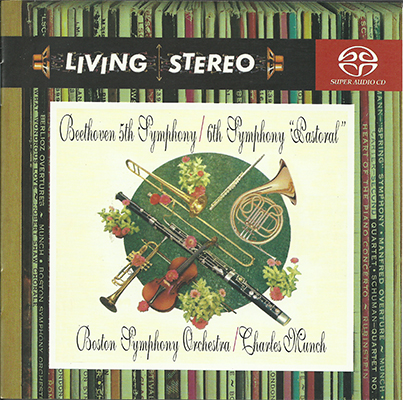
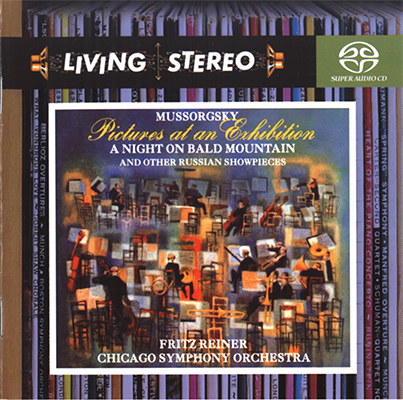
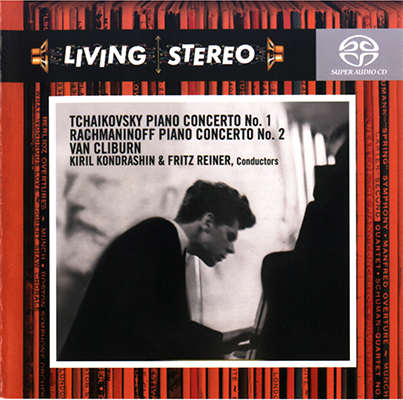
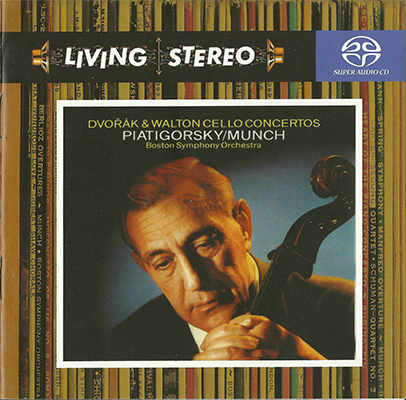
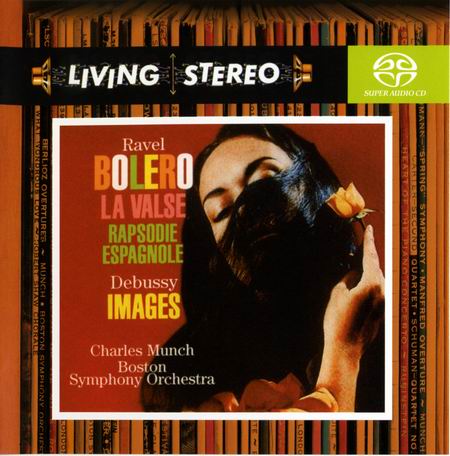

![New Year’s Concert 2016 / Neujahrskonzert 2016 - Mariss Jansons, Wiener Philharmoniker (2016) [Qobuz FLAC 24bit/96kHz] New Year’s Concert 2016 / Neujahrskonzert 2016 - Mariss Jansons, Wiener Philharmoniker (2016) [Qobuz FLAC 24bit/96kHz]](https://getimg.link/images/imgimgimg/uploads/2017/02/gQ7zlgJ.jpg)
![Karl Bohm - Karl Bohm: The Early Years (2017) [FLAC 24bit/96kHz] Karl Bohm - Karl Bohm: The Early Years (2017) [FLAC 24bit/96kHz]](https://getimg.link/images/imgimgimg/uploads/2019/06/5Wtfzge.jpg)
![Karen Geoghegan, Juanjo Mena - Weber: Symphonies No 1 & 2, Bassoon Concerto (2012) [Qobuz FLAC 24bit/96kHz] Karen Geoghegan, Juanjo Mena - Weber: Symphonies No 1 & 2, Bassoon Concerto (2012) [Qobuz FLAC 24bit/96kHz]](https://getimg.link/images/imgimgimg/uploads/2017/09/Iq5VGha.jpg)
![Emil Gilels, Fritz Reiner, Chicago Symphony Orchestra - Tchaikovsky: Piano Concerto No.1 & 1812 Overture (1955-1958/2014) [HDTT FLAC 24bit/192kHz] Emil Gilels, Fritz Reiner, Chicago Symphony Orchestra - Tchaikovsky: Piano Concerto No.1 & 1812 Overture (1955-1958/2014) [HDTT FLAC 24bit/192kHz]](https://getimg.link/images/imgimgimg/uploads/2018/01/k4Ivgio.jpg)
![Ikuyo Nakamichi (仲道郁代) - Chopin: Waltzes (2016) [DSF Stereo DSD64/2.82MHz] Ikuyo Nakamichi (仲道郁代) - Chopin: Waltzes (2016) [DSF Stereo DSD64/2.82MHz]](https://getimg.link/images/imgimgimg/uploads/2018/12/33f2jX1.jpg)